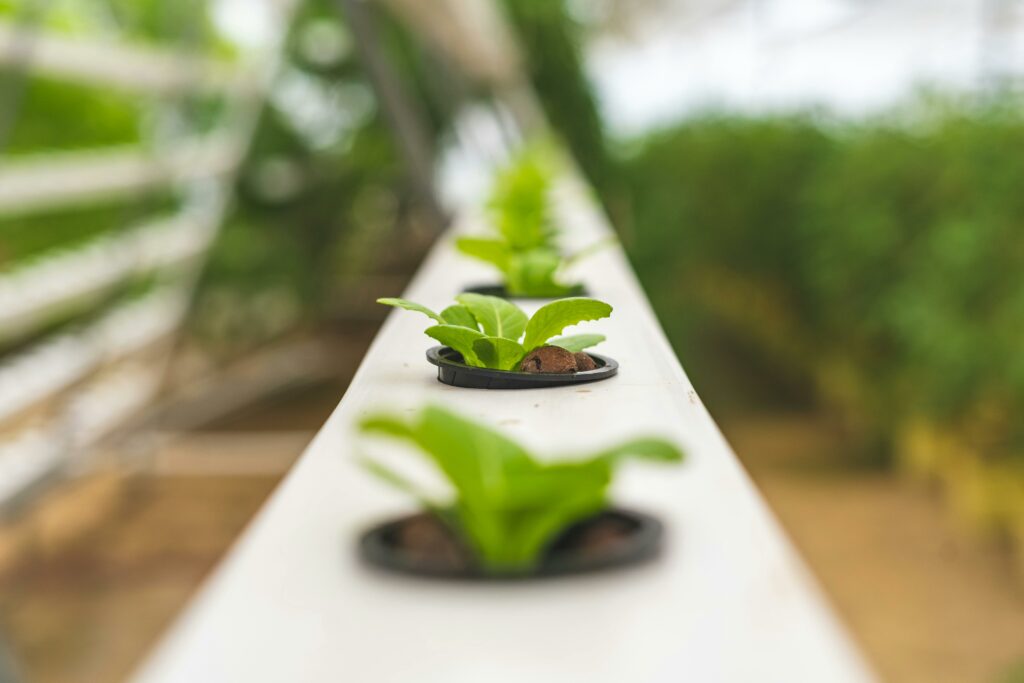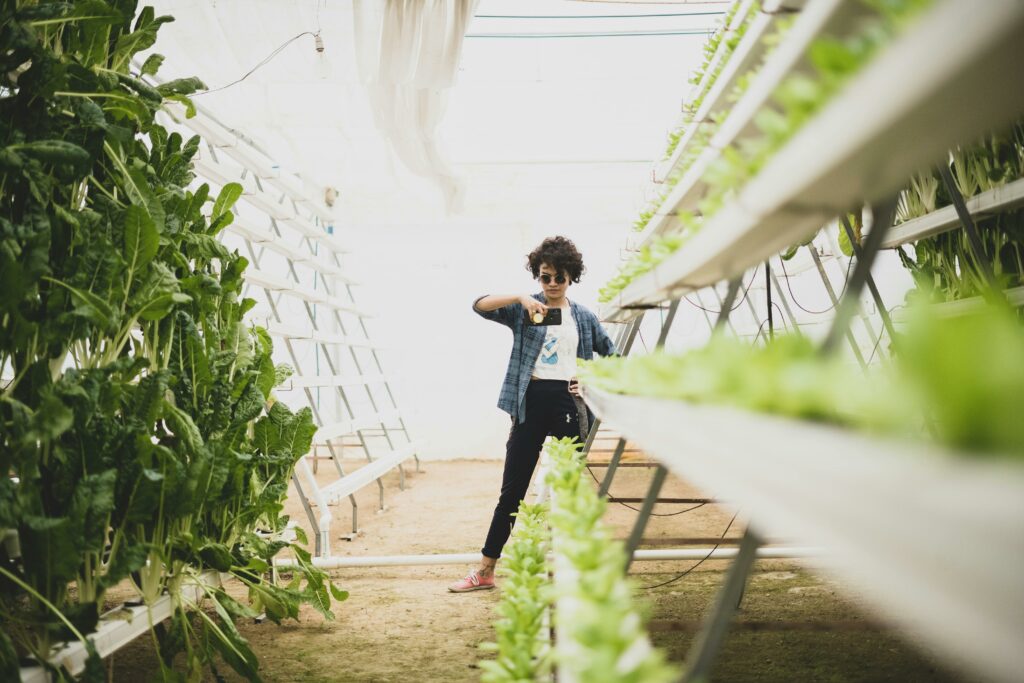Disclosure: As participants in the Amazon Associates Program, we earn from qualifying purchases. This means when you click on an Amazon link on this page and make a purchase, we receive a commission. This doesn’t affect the price you pay but it does help us to keep producing the content you love to see. We always aim for honesty and transparency in everything we do, and your support means the world to us. Thank you for helping us grow and for being part of our community.
Step into the world of hydroponic vertical gardening and unlock the secrets to creating your own lush, green oasis. Our website is a treasure trove of knowledge, designed to demystify the vertical gardening process and provide you with the tools and information you need to succeed. From choosing the right vertical garden kit to mastering watering techniques, our comprehensive FAQ section covers it all. We understand the unique challenges and opportunities that vertical gardening presents, which is why our FAQs are constantly updated with the latest advancements in the field. Join our growing community of vertical gardening enthusiasts and let us help you transform your space into a vibrant, thriving ecosystem.
What is hydroponic vertical gardening?
Hydroponic vertical gardening is a innovative and space-efficient method of growing plants without soil, utilizing a vertical structure to maximize growing space. In this method, plants are cultivated in nutrient-rich water solutions, either with their roots suspended in the solution or through the use of an inert medium such as coconut coir or perlite. The plants are positioned vertically, allowing for a dense and lush garden in a limited area.

This image is property of images.pexels.com.
Benefits of hydroponic vertical gardening
There are several benefits to practicing hydroponic vertical gardening. Firstly, it allows gardeners to make the most of limited space, making it an ideal solution for urban living or small backyard spaces. By utilizing vertical structures such as walls or towers, one can create a thriving garden even in a compact area.
Secondly, since hydroponic systems provide controlled environments for plants, it is easier to manage moisture, nutrients, and pests. Plants receive a balanced supply of water and nutrients directly to their roots, resulting in healthier and more productive growth. Additionally, the absence of soil reduces the risk of soil-borne diseases and makes harvesting easier.
Another advantage of hydroponic vertical gardening is that it conserves water. With traditional gardening methods, a significant amount of water is lost through evaporation and runoff. In hydroponics, water is recirculated within the system, minimizing waste and making it a sustainable way to cultivate plants.
Finally, hydroponic vertical gardening allows for year-round cultivation. By controlling temperature, humidity, and light, one can create optimal conditions for plant growth, enabling a continuous harvest throughout the year. This is particularly beneficial in regions with limited growing seasons or harsh climates.

This image is property of images.pexels.com.
Setting up a hydroponic vertical garden
To set up a hydroponic vertical garden, there are a few key steps to follow.
-
Choosing the right system: Select a hydroponic system that suits your space, budget, and the type of plants you wish to grow. There are various systems available, such as vertical towers, wall-mounted systems, or hanging baskets.
-
Selecting the plants: Consider the specific requirements of the plants you want to grow. Factors such as sunlight exposure, temperature, and humidity will influence your plant selection. Leafy greens, herbs, and small vegetables are popular choices for hydroponic vertical gardens.
-
Installing the vertical structure: Mount or build the vertical structure for your garden. Ensure that it is sturdy enough to support the weight of the plants and has sufficient access to light sources.
-
Setting up the hydroponic system: Install the necessary components of the hydroponic system, including the reservoir for the nutrient solution, the irrigation system, and the growing containers. Follow the manufacturer’s instructions for proper installation and set-up.
-
Mixing the nutrient solution: Prepare the nutrient solution according to the specific needs of your plants. Ensure the solution is properly balanced and provides all the essential elements for healthy growth.
-
Planting and maintaining: Plant your chosen crops in the growing containers, using the appropriate growing medium. Monitor the nutrient levels, pH balance, and water levels regularly to maintain optimal conditions for plant growth. Regularly check for pests or diseases and take appropriate action if necessary.

This image is property of images.pexels.com.
Tips for successful hydroponic vertical gardening
Here are some tips to help you achieve success with your hydroponic vertical garden:
-
Start small: If you are new to hydroponics, begin with a small-scale system to familiarize yourself with the process and learn from your experiences. As you gain confidence and expertise, you can expand your garden.
-
Choose the right plants: Select plants that are well-suited for hydroponic cultivation. Leafy greens, herbs, and small vegetables tend to thrive in hydroponic systems.
-
Proper lighting: Ensure your vertical garden has adequate lighting. Use high-quality grow lights or position your garden in a location that receives sufficient natural light. Adjust the lighting as needed to provide the right intensity and duration for your plants.
-
Monitor nutrient levels: Regularly check the nutrient levels in your solution and adjust accordingly. Be mindful of the specific needs of different plants and provide them with the appropriate nutrients at the right concentrations.
-
Maintain proper pH balance: pH levels can significantly impact plant growth in hydroponics. Monitor the pH of your nutrient solution and make adjustments as required, keeping it within the optimal range for the plants you are growing.
-
Prevent pests and diseases: Implement proper measures to prevent pests and diseases. Regularly inspect your plants for any signs of infestation or illness and take prompt action to address the issue. Consider using organic pest control methods to maintain a healthy and chemical-free environment.
-
Regular maintenance: Dedicate time to regularly maintain your hydroponic vertical garden. This includes monitoring and adjusting environmental conditions, checking water levels, cleaning the system, and trimming or pruning plants as necessary.
By following these tips and consistently attending to the needs of your plants, you can create a flourishing hydroponic vertical garden that will provide you with a bountiful harvest all year round. Remember to stay curious, explore new techniques, and seek advice from the growing community to continue growing and improving your vertical garden.







